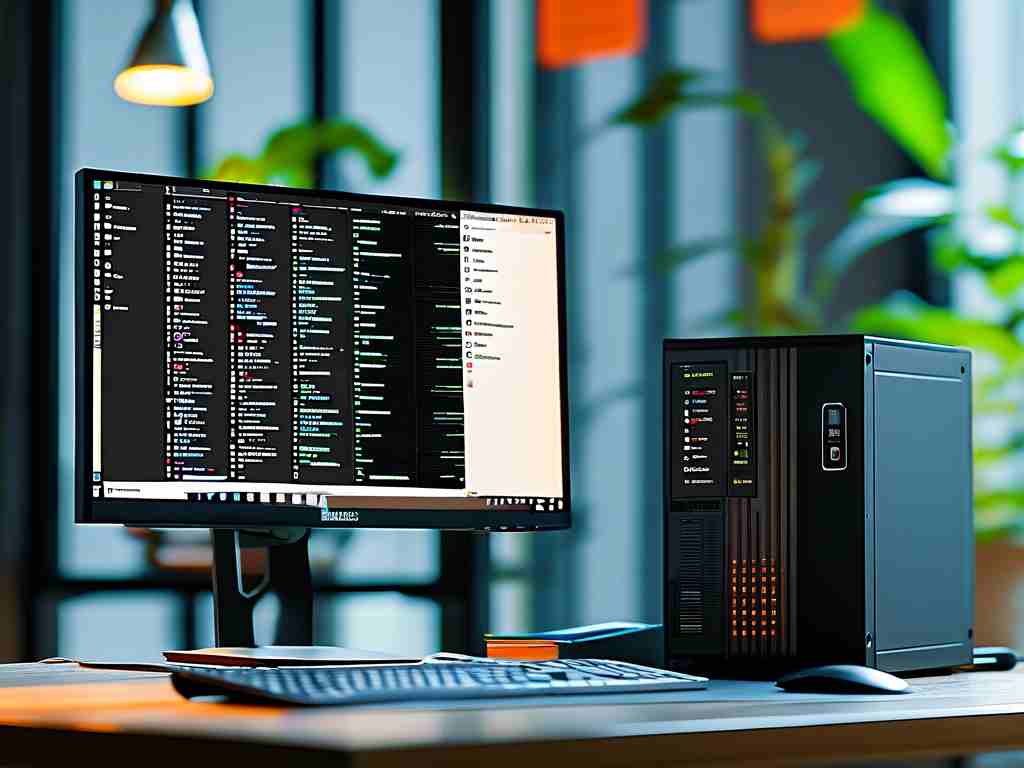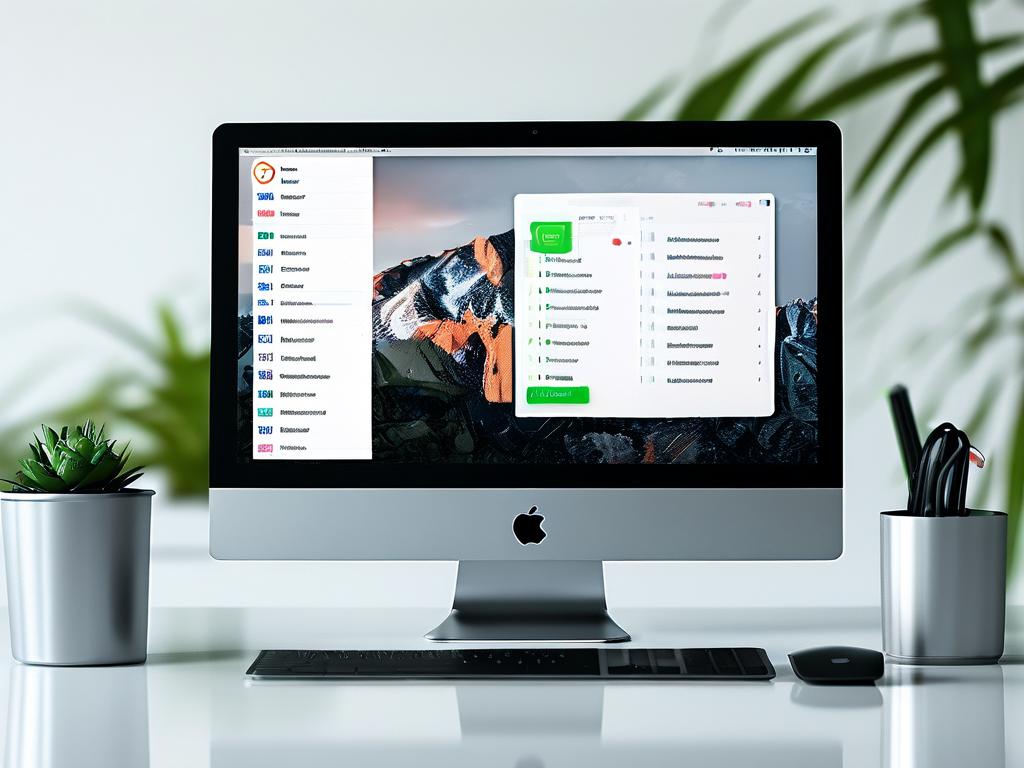Excessive memory usage can significantly slow down computer performance, leading to frustration and reduced productivity. Identifying the right software to manage memory consumption is crucial for maintaining system efficiency. This article explores practical tools and strategies to address high memory demands while offering actionable insights for users.

Understanding Memory Management Challenges
When applications consume excessive RAM, systems may freeze, lag, or crash. Common culprits include background processes, memory leaks, or resource-heavy software like video editors and games. Without proper management, even high-end devices can struggle. Monitoring memory usage is the first step toward resolving these issues, but selecting effective tools is equally important.
Built-in Operating System Utilities
Most operating systems provide native tools to monitor and manage memory. Windows Task Manager, for example, offers real-time data on RAM usage per application. Users can sort processes by memory consumption and terminate unresponsive tasks. Similarly, macOS users rely on Activity Monitor to track system resources. While these tools are convenient, they lack advanced features for deep optimization.
Third-Party Software for Advanced Control
For users needing more robust solutions, third-party applications deliver enhanced functionality. Process Explorer, a free tool from Microsoft’s Sysinternals suite, provides granular details about memory allocation and process dependencies. It helps identify hidden processes draining resources. Another popular option is CCleaner, which clears temporary files and optimizes RAM usage through its “Performance Optimizer” feature.
Specialized Tools for Gamers and Developers
Gamers and developers often require specialized software to handle intensive workloads. Razer Cortex, designed for gaming, frees up memory by disabling non-essential background apps during gameplay. Developers might prefer tools like JetBrains DotMemory, which analyzes memory leaks in .NET applications. These niche tools cater to specific needs but may involve steeper learning curves.
Automated Optimization Solutions
Automation-focused software like CleanMyPC or Advanced SystemCare simplifies memory management. These programs schedule regular cleanups, delete redundant files, and adjust system settings to prioritize critical tasks. While convenient, users should exercise caution to avoid over-optimization, which might disable necessary services.
Best Practices for Memory Management
Beyond software, adopting proactive habits can reduce memory strain. Regularly updating applications fixes memory-related bugs, while limiting startup programs prevents unnecessary RAM consumption. Users should also consider hardware upgrades—such as adding more RAM—if software solutions alone prove insufficient.
Managing high memory usage requires a combination of reliable software and mindful practices. Built-in tools offer basic oversight, but third-party applications provide deeper customization for demanding workflows. By leveraging these solutions, users can maintain smooth system performance and extend their device’s lifespan. Always research software compatibility and user reviews before installation to ensure optimal results.









